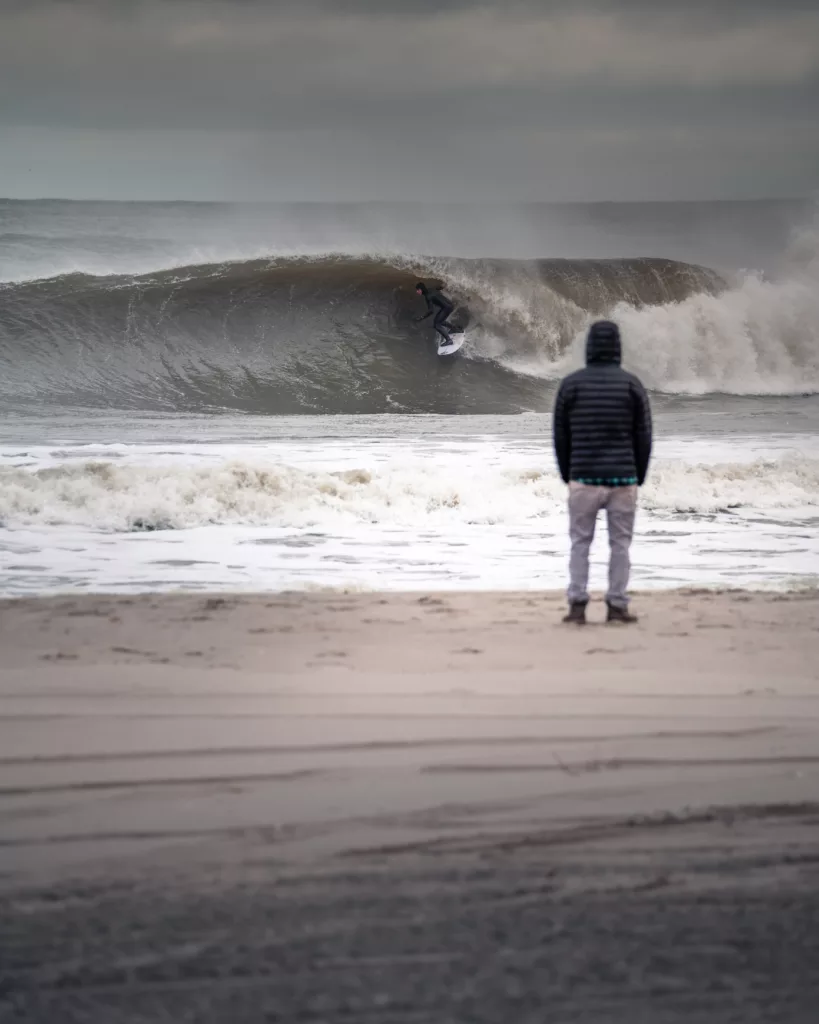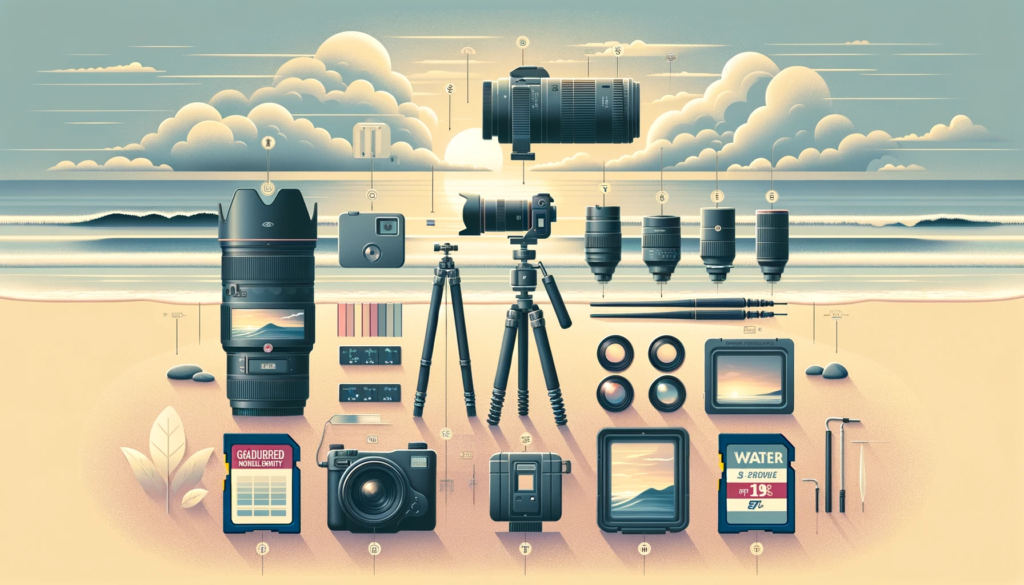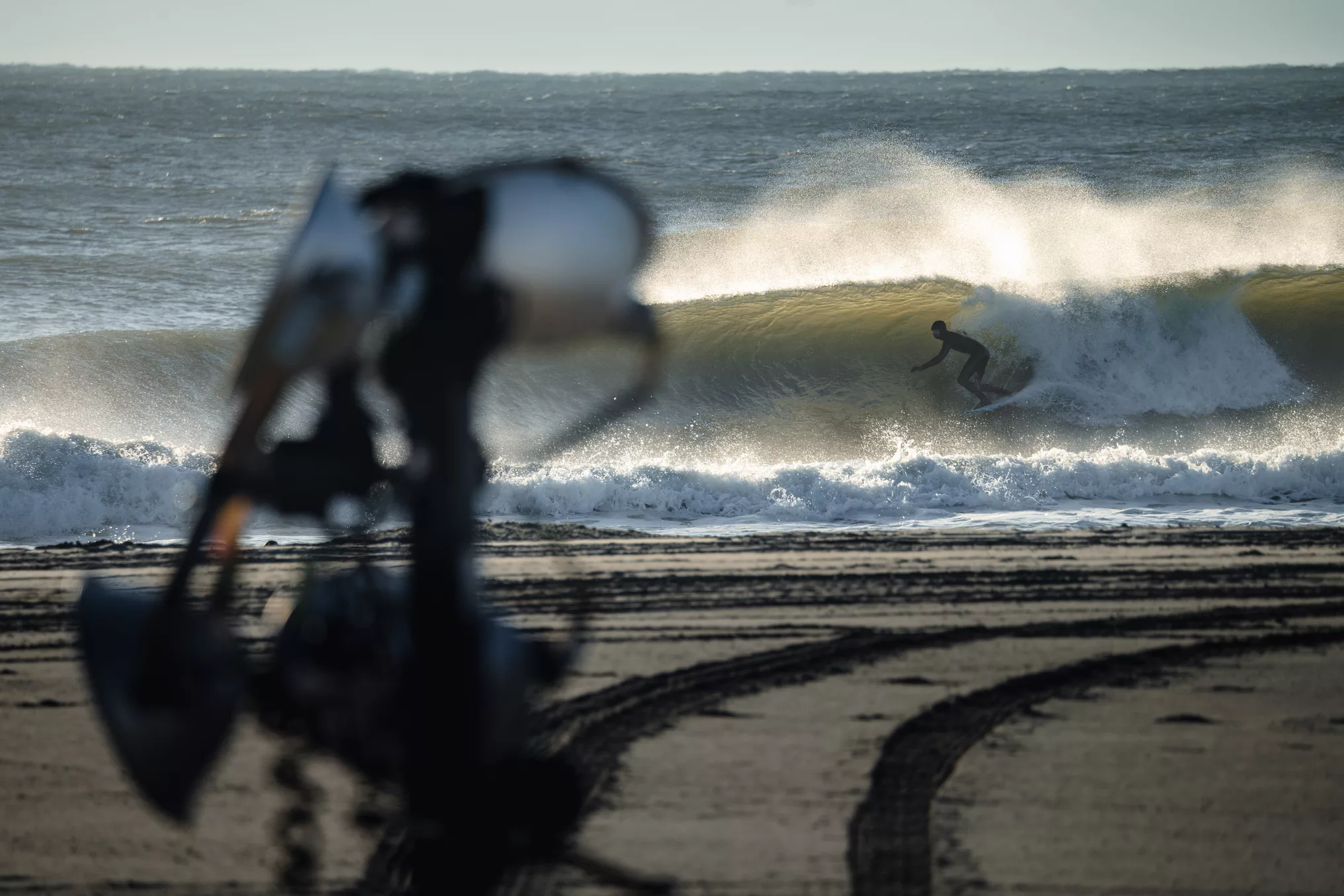Surf photography is not just a profession; it’s an adventurous and competitive career that combines the thrill of surfing with the art of photography. This dynamic field allows photographers to capture the raw beauty of waves and the agility of surfers. As a mobile job, it can be pursued anywhere in the world, making it an exciting career choice for those who love both photography and the sea. Many great surf locations have inexpensive cost of living, so not only do you have the chance to surf good waves, your photos don’t need to bring in a hundred grand a year to live well and enjoy the locations you photograph.

Essential Tips for Surf Photography
To excel in surf photography, certain techniques and considerations are crucial. Here are some key tips:
- Study the Light: Understand how light interacts with water and surfers.
- Long-Reach Lens: Utilize lenses with significant reach, such as 300mm, 400mm, 500mm, 600mm, and 800mm, including the 200 F2 for closer shots.
- High Shutter Speed: Opt for shutter speeds around 1/1000 to freeze the action.
- Balanced Aperture: Keep the aperture in the mid-range, around f/5.6 to f/8.
- Low ISO Setting: Strive to keep the ISO as low as possible, around 400 when shooting in water.
- Circular Polarizing Filter: Consider this to reduce glare and enhance colors.
- Exposure for Skin Tones: Expose for the skin to ensure surfers are well-lit.
- Shooting Modes: Use TV (shutter priority) mode or go fully manual for greater control.
- Longer Shutter Speeds for Waves: Experiment with longer shutter speeds to capture unique wave shapes.
- Horizontal Camera Movement: Move the camera horizontally to track the surfer’s movement.
- Bouncing Camera Motion: This technique can add dynamism to your shots.
- Varied Shooting Spots: Change your shooting locations for each session to capture different perspectives.
- Environment Analysis: Always be aware of your surroundings for both creative and safety reasons.
- Custom White Balance: Adjust for the specific lighting conditions, especially when shooting in water.
Recommended Equipment for Surf Photography

Prime Zoom Lenses
- 300 mm
- 400 mm
- 500 mm
- 600 mm
- 800 mm
- 200 F2
Camera Settings
- Shutter Speed: 1/1000 or higher for crisp action shots.
- Aperture: f/5.6 to f/8 for depth and clarity.
- ISO: Around 400, adjust as needed for water shoots.
- White Balance: Custom settings to suit the lighting conditions.
Conclusion
Surf photography is a unique blend of skill, creativity, and passion for the ocean. By mastering the techniques and using the right equipment, photographers can capture breathtaking images that showcase the power and beauty of the sea and the art of surfing. Whether it’s freezing a high-action moment or creating a dreamy depiction of the waves, surf photography offers endless possibilities to explore and capture the essence of the ocean.
